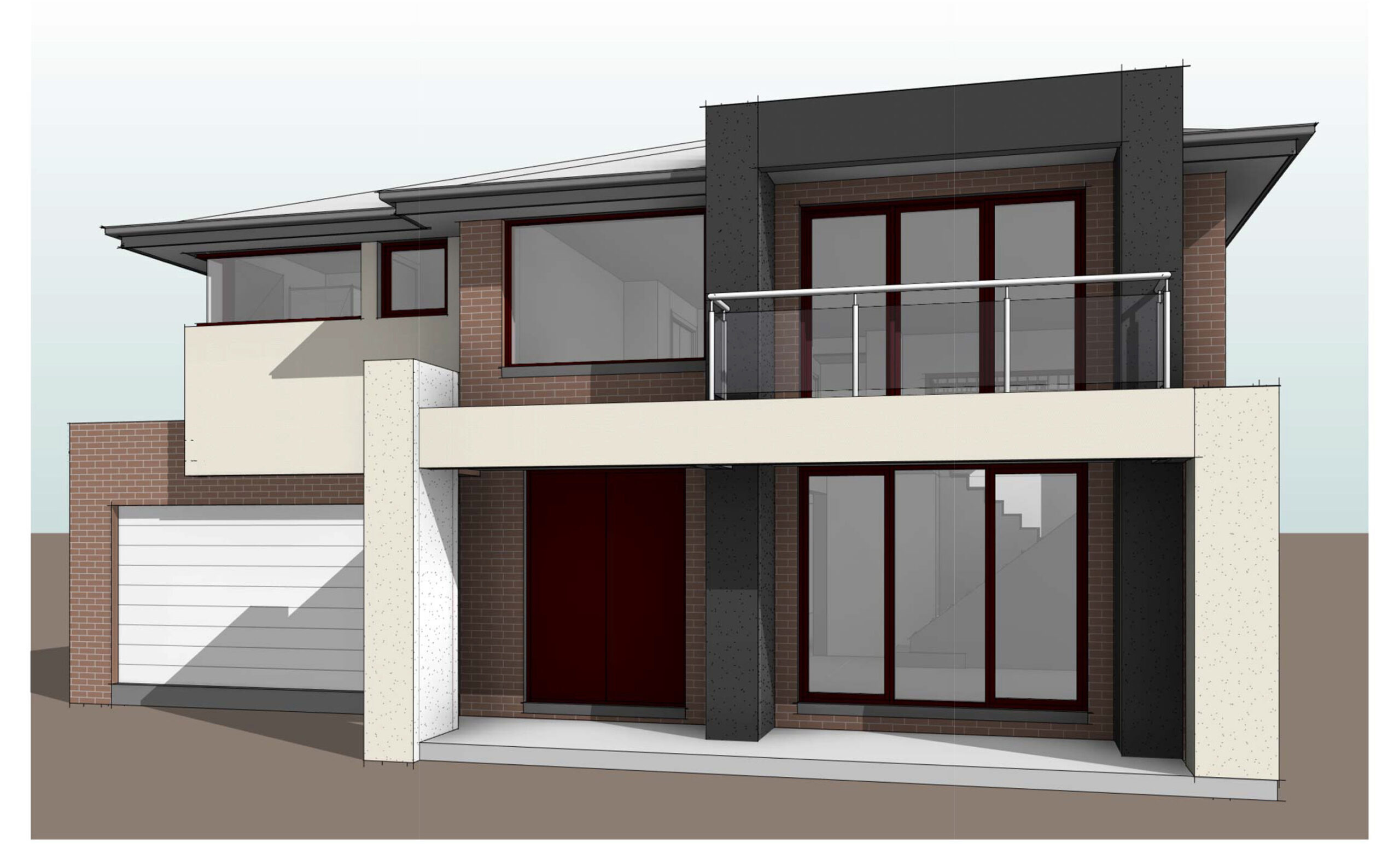The Impact of Artificial Intelligence in Outsourcing Architectural Services
Posted on : Sep 29, 2023
In the rapidly evolving world of architecture and construction, the integration of technology has brought about transformative changes. One such technological marvel is Artificial Intelligence (AI), which has had a profound impact on outsourcing architectural services. In this article, we will explore how AI is reshaping the architectural landscape, from design and planning to project management and sustainability. Let’s delve into the innovative realm where algorithms and creativity converge.
Artificial intelligence (AI) is having a significant impact on the outsourcing of architectural services. AI-powered tools and software are enabling architects to streamline processes, reduce costs, and enhance creativity. This is leading to a growing demand for outsourced architectural services from businesses of all sizes.
Here are some of the key impacts of AI on the outsourcing of architectural services:
Increased efficiency: AI can automate many of the time-consuming and repetitive tasks involved in architectural design, such as generating drawings, creating 3D models, and conducting code checks. This frees up architects to focus on more creative and strategic aspects of their work.
Reduced costs: By automating tasks and streamlining processes, AI can help businesses to reduce the overall cost of outsourcing architectural services.
Enhanced creativity: AI can help architects to explore more design options and generate more innovative solutions. For example, AI can be used to generate multiple design options based on a set of criteria, or to test different design options to identify the one that is most efficient or sustainable.
Improved collaboration: AI-powered collaboration tools can help architects to collaborate more effectively with clients, contractors, and other stakeholders. For example, AI can be used to create real-time virtual models of buildings or projects, which can be used to facilitate communication and feedback.
Overall, AI is making outsourcing architectural services more efficient, affordable, and creative. This is leading to a growing demand for outsourced architectural services from businesses of all sizes.
Here are some specific examples of how AI is being used in the outsourcing of architectural services:
AI-powered design software: AI-powered design software can help architects to generate and explore multiple design options quickly and easily. For example, software such as Dreamcatcher and Generative Design from Autodesk can be used to generate a variety of design options based on a set of criteria, such as the budget, site constraints, and client requirements.
AI-powered analysis tools: AI-powered analysis tools can help architects to optimize their designs for energy efficiency, sustainability, and other factors. For example, software such as IESVE and Green Building Studio from Bentley can be used to analyze the energy performance of a building and identify ways to improve it.
AI-powered collaboration tools: AI-powered collaboration tools can help architects to collaborate more effectively with clients, contractors, and other stakeholders. For example, software such as BIMx and Navisworks from Autodesk can be used to create real-time virtual models of buildings or projects, which can be used to facilitate communication and feedback.
As AI technology continues to develop, we can expect to see even more innovative and transformative applications of AI in the outsourcing of architectural services.
- Redefining Architectural Design
- Generative Design
AI-powered generative design tools are revolutionizing the way architects conceive structures. By inputting parameters and constraints, architects can now generate multiple design options, optimizing for aesthetics, functionality, and sustainability simultaneously.
- Virtual Reality
AI-driven virtual reality platforms enable architects to immerse themselves and their clients in 3D models of buildings. This interactive experience enhances design collaboration and allows stakeholders to make informed decisions.
- Streamlining Project Management
- Predictive Analytics
AI’s predictive analytics capabilities help in estimating project timelines and costs more accurately. This results in better resource allocation and improved project management, ultimately reducing delays and budget overruns.
- Automated Documentation
AI can automatically generate reports and documentation, reducing the administrative burden on architects and ensuring that all project details are well-documented.
III. Enhancing Sustainability
- Energy Optimization
AI algorithms analyze data to optimize energy consumption within buildings. This leads to eco-friendly designs that reduce environmental impact and operating costs.
- Material Selection
AI can suggest sustainable and cost-effective materials based on project requirements, promoting environmentally responsible construction practices.
- Overcoming Language Barriers
- Multilingual Communication
AI-powered translation tools facilitate seamless communication between architects, clients, and construction teams from different linguistic backgrounds.
- Quality Control
- Automated Inspections
AI-powered drones and cameras conduct automated site inspections, ensuring that construction adheres to design specifications and safety standards.
- Data-Driven Decision Making
- Real-time Analytics
AI provides real-time data analytics that empower architects and stakeholders to make informed decisions swiftly.
VII. Client-Centric Approach
- Personalized Designs
AI algorithms analyze client preferences and historical data to create personalized architectural designs that cater to individual needs and tastes.
As we can see, AI is not just a technological buzzword but a game-changer in the architectural industry. Its integration into outsourcing architectural services brings efficiency, sustainability, and innovation to the forefront. The fusion of human creativity with AI’s analytical prowess is the key to unlocking architectural excellence in the modern era.
Conclusion
In conclusion, the impact of Artificial Intelligence in outsourcing architectural services cannot be overstated. From redefining architectural design through generative tools and virtual reality to streamlining project management with predictive analytics and automated documentation, AI is driving the industry forward. It’s promoting sustainability, overcoming language barriers, ensuring quality control, and enabling data-driven decision-making. With AI, architects are better equipped to deliver client-centric designs that reflect individual preferences and needs.
Embracing AI in architectural outsourcing is not an option but a necessity in today’s competitive market. It’s a journey toward more efficient, sustainable, and client-centric architectural solutions.




